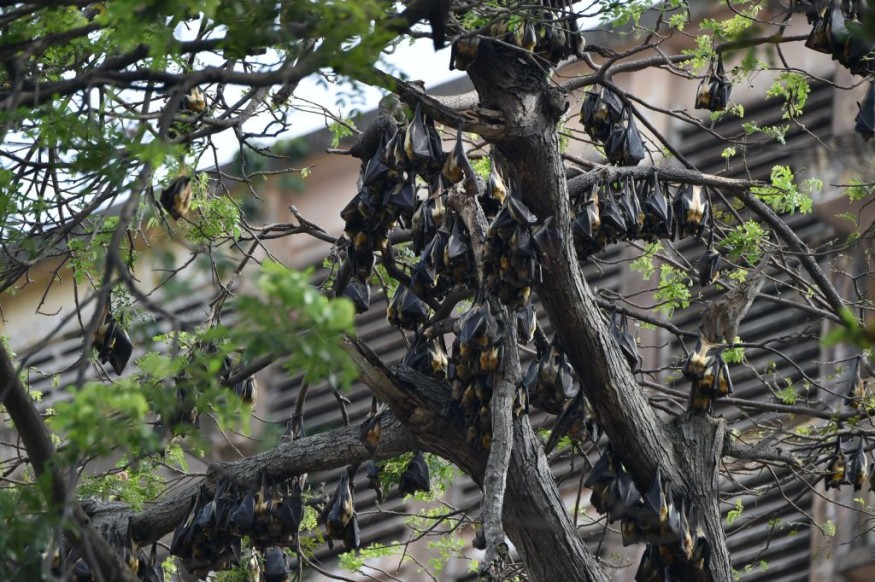The Russian bat virus is being considered a global health threat, according to scientists in a new study.
The potential threat of this newly discovered stems from the fact that it is similar to the severe acute respiratory syndrome coronavirus 2 (SARS-CoV-2), the virus that causes the novel coronavirus disease (COVID-19). The only difference is that the virus was originally found from Russian bats.
The new research warns that the virus can also infect human cells and is resistant to the antibodies produced by the COVID-19 vaccines that we know of today. This means that a potential global outbreak of the Russian bat virus could lead to a series of line of pandemic waves which make previous efforts since the start of the COVID-19 pandemic futile.
Details of the potential threat posed by the Russian bat virus was made a week after the World Health Organization (WHO) announced that the end of the COVID-19 pandemic is in sight. Amidst the increasing production and dissemination of vaccines, active cases have relatively stalled and severe cases have diminished compared to the pre-vaccine world before late 2020.
Russian Bat Virus

Findings on the Russian bat virus and its relation to the current pandemic was published in the journal PLOS Pathogens.
The study was led by researchers from the Washington State University, where its author Michael Letko told Newsweek that virus belongs to the sarbecoviruses which were once thought to only circulate among the local bat populace in southern China.
Letko adds that in the past 20 years they were also found in different species and various geographic locations, including in Laos, Japan, Russia, the United Kingdom, Bulgaria, and Africa.
Also Read : SARS-CoV-2 Viruses Detected in Cambodian Bats More than a Decade Before Wuhan Outbreak Started
Sarbecoviruses
Relative to the newly discovered Russian bat virus, the pathogen has the potential to become the next pandemic due to its zoonotic transmission capability and similarity to the virus that causes COVID-19.
According to the Global Autoimmune Institute, SARS-CoV-2 is a subspecies of virus under the subgenus sarbecovirus, which are all respiratory viruses or pathogens that affect the respiratory system.
Similar to a family tree, the institute compared this virus hierarchy to the following analogy; beta coronavirus has a descendant called sarbecovirus. The subgenus includes not only SARS-CoV-2 but also the virus subspecies Middle East respiratory syndrome coronavirus (MERS-CoV) and the severe acute respiratory syndrome coronavirus (SARS-CoV).
Universal Vaccine
Ever since the onset of the COVID-19 pandemic in March 2020, health authorities, researchers, and scientists alike have acknowledged the need for a universal vaccine which will aim to target not only a specific type of virus but also its variants and other pathogens.
In August 2022, a study about SARS-CoV-2 variants in South Africa by scientists at Columbia University Mailman School of Public Health found that there is a need for more proactive measures for future variants of concern (VOCs).
In the said research, the African country already experienced four distinct pandemic waves caused by the original SARS-CoV-2 virus and three known VOCs like Beta, Delta, and Omicron.
Wan Yang, Ph.D., the study's author and the university's assistant professor of epidemiology, stated recurring pandemic waves have been triggered by new VOCs that overlap prior immunity from either an infection or vaccination.
The August study was supported by the National Institute of Allergy and Infectious Diseases (NIAID) and Centers for Disease Control and Prevention (CDC).
Related Article: Bats Found in Laos Carry Virus Strikingly Similar to SARS-Cov-2
© 2025 NatureWorldNews.com All rights reserved. Do not reproduce without permission.





